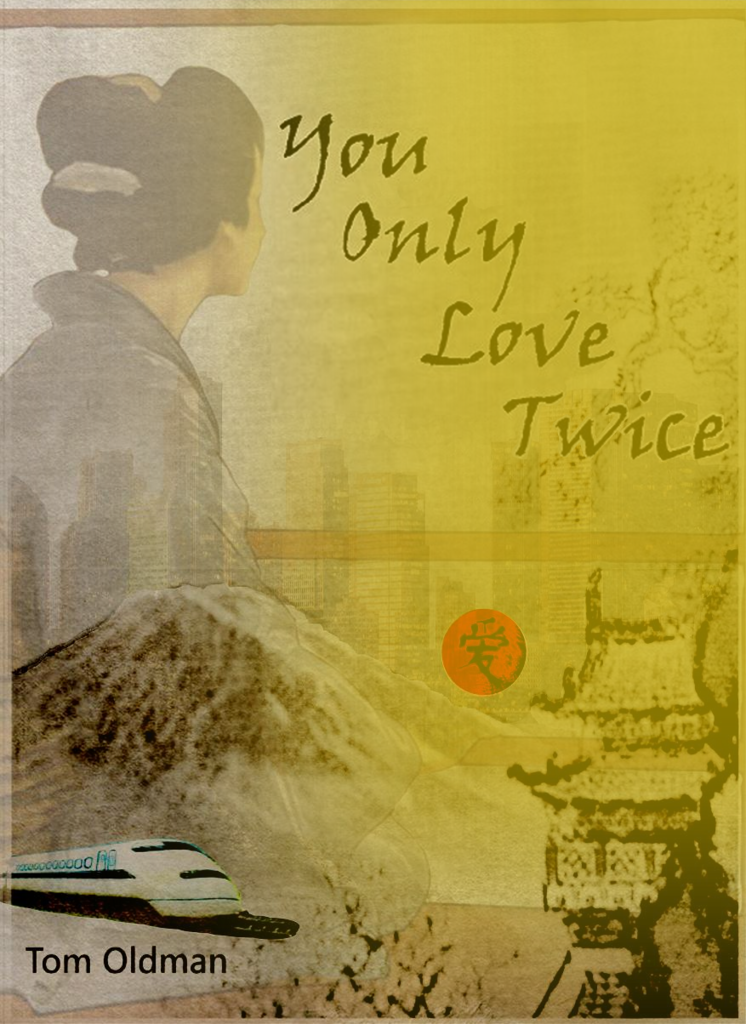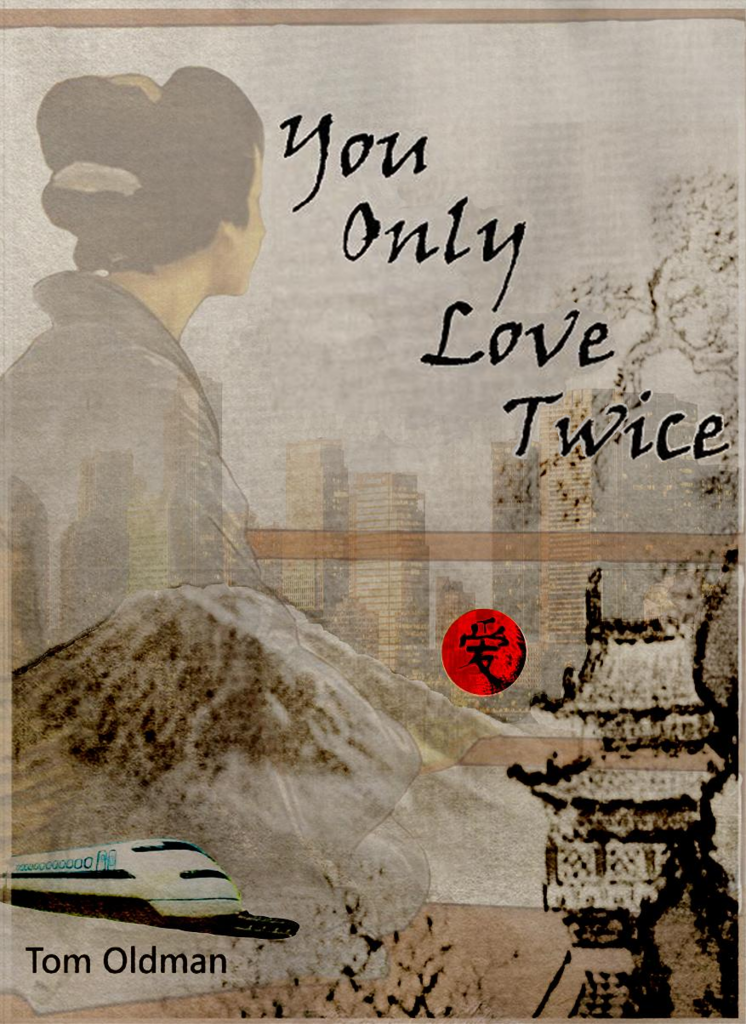True, but there's a lot happening. In a sense, that whole book is about the creation of the ensemble. Besides, Aragorn is mentioned early, in Gandalf's discussion with Frodo before Frodo leaves Bag End. Maybe you forgot about it--I did, first reading--but it was there.
In this opening chapter, the difficulties of character and ensemble are enmeshed with the tangle of topic and reveal. Before deciding that the chapter can't hold that much, or the scene can't hold that much, let's make sure that we've packed things into it in the best way.
Now, I've just hit two points en passant. Second, that you can add scene divisions to cue the reader that there are going to be changes in action and thus topic. Second, that there are two ensembles and two situations to be established (and arbitrary, 'artificial' scene boundaries can help to separate one from the other).
It will help, I think, if inner ensemble is established first, and at least the core of the inner situation. This is Tommy and his WoB story. Some parts of the WoB world-building will fall more naturally into the in-the-book adventure, but if the basic premise and basic dilemma are not established first, the reader will be struggling to put them into context.
The 'inner' story about Tommy and his ensemble in the WoB took two entire books to establish. Since this is the third book in the series, we can't start over. Nor can we take entire chapters to establish what the continuing reader will already know. And while we can't--or don't want--to do an In The Previous Episode intro, we need to make the opening few scenes provide that effect.
To make it work for the reader, we have to frame it as a small sub-story, or rather several small sub-stories, each one coherent and each one complete when it's combined with the ones before. That means, I assert, untangling the topics and grouping them into little stories that reveal, step-by-step, our starting point and launch us forward.
Each sub-story can establish several related facts, and a group of cohesive related facts can be easier to remember than one isolated fact, because it's easier to hold the larger picture if it's self-contained and doesn't leave too many questions for the reader. You need to leave =some= questions: having named a villian, the reader asks when the villian will appear. But those don't leave gaps in the reader's understanding.
Okay, I've blathered enough. Unless there are questions?




